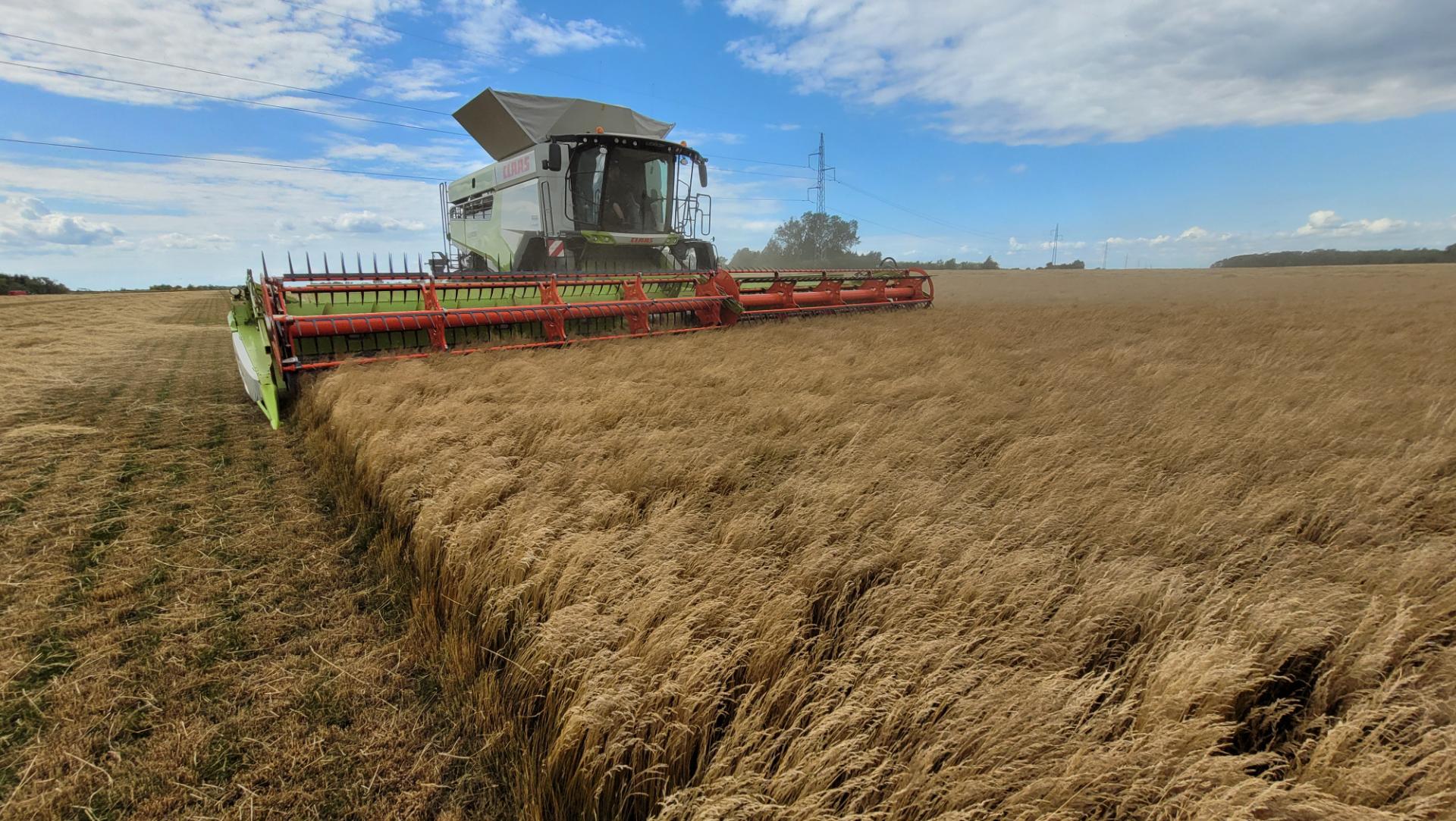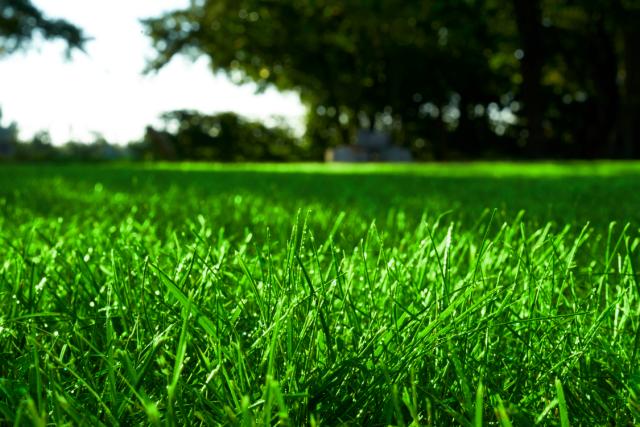Rising prices from low levels of production and variable growing conditions
With the 2025 harvest in, it’s time to see what the market holds for seed buyers. The summer’s wonderful weather has boosted demand from farmers, private gardeners and turf managers. This, of course, has an effect on prices, especially since stocks of many species and varieties are lower than they should be. Our 2025 harvest and market report helps you navigate a rapidly changing market.

A good summer generated strong demand for seed
The summer of 2025 delivered favourable weather conditions across many parts of Europe. Farmers were able to work their land with minimal disruption, while everyone else enjoyed long hours in their gardens.
The combination of good growing conditions and outdoor leisure time boosted demand for forage and turf seeds. It laid the foundation for a strong autumn season in many European markets.
Global context: geopolitical and climate influences
The global environment remains complex and ever-changing. Key forces affecting the grass-seed industry include:
- Wars in several regions of the world
- Political unrest and instability
- Ongoing trade tensions
- Climate change
These global factors continue to shape markets in rapid and sometimes unexpected ways. The good news is that we have a global presence and a broad portfolio of resilient solutions. We are ideally placed to provide guidance and insights to our partners. The harvest update that follows is based on a deep knowledge of the international grass-seed industry.
Harvest 2025 results: mixed but resilient
Across our core and export markets, the 2025 harvest showed resilience under variable and often extreme weather. There were, however, wide regional variations.
Denmark
- Spring was dry (38% less rainfall), followed by June showers that saved many fields
- July cloudbursts made it the tenth wettest July since 1874, disrupting clover and swathed crops
- Perennial ryegrass was the standout performer with yields 10% to 15% above normal
- Red fescue landed at around index 100 to 105
- Kentucky blue was slightly below average
- White clover was at index 90
The Netherlands
- The seed-crop area shrank even further to historically low levels
- A dry and very hot spring did hurt perennial ryegrass and tall fescue, while July rains complicated the harvest
- Less use of growth regulation and reliance on swathing limited yields
- Perennial ryegrass was roughly 10% below normal
- Tall fescue was around index 100
Central and Eastern Europe (Czech Republic, Slovakia, Hungary)
- Near-normal yields for Italian ryegrass, Westerwold ryegrass, and festulolium
- Alfalfa and red clover were below normal
- Crimson clover was slightly above normal
- Czech Republic performed best; Hungary’s >40°C heat cut yields across species
North America
USA:
- Westerwold ryegrass was at index 90
- Perennial ryegrass was at index 85
- Tall fescue was at index 100
- Kentucky bluegrass experienced wide differences: in Oregon it was at index 100; in Idaho, at index 60
- Alfalfa harvest was at index 100
Canada:
- Close to normal in red fescue and ryegrass; timothy and tall fescue lagged
- Clover and alfalfa are at below average harvest
Summary: In general, the 2025 harvest was slightly above average, though very limited in acreage and highly uneven across regions and by species and by variety. Denmark and parts of Central Europe were solid performers, while The Netherlands and the USA saw setbacks. Weather extremes remain a defining factor.
Balancing supply and demand
The over-supply that characterised recent years is giving way to tighter availability. With smaller harvests in 2024 and 2025, and steadily growing demand, shortages are now visible in several species and varieties.
Our focus has shifted from stock control to securing future seed purchases as we head towards the 2026 harvest, which will also come from the current low level of acreages.

Forage: strong performance amid tight supply
High milk prices and good weather in autumn 2024 and spring 2025 supported strong demand for forage grasses. Farmers sowed successfully, but demand exceeds supply.
- Italian ryegrass and hybrids are particularly scarce
- Legumes (DLF Alfalfa, red clover, crimson clover ROKALI) are in strong demand but short supply
- Prices are rising at both production and sales levels
Turf: stability and growth across segments
The professional turf segment remains robust, with demand expected to stay high.
DLF’s 4turf® varieties are gaining traction thanks to fast germination, stronger disease-resistance, and improved drought-tolerance. For perennial ryegrasses, buyers are already seeing shortages in both commodity and recommended varieties.
Consumer demand is also recovering to pre-Covid levels across many European markets.
Production trends: stable at a low level
The acreage that provided the 2025 harvest remained small and at similar levels to the previous year. Yields were slightly above average, but the total crop is modest by historical standards.
The areas of land devoted to the 2026 harvest are likely to be similar, raising the risk of shortages across more species. This is a global trend.
Price development: low levels give way to upward momentum
After two years of over-supply, prices are now moving upward. Tighter availability is driving price increases. Seed growers need stronger incentives to grow grass seed instead of other more lucrative crops.
Rising production costs contribute to the upward price trend.
Looking ahead: opportunities in a changing world
Uncertainty and climate variability continue to shape the grass-seed market. At the same time, these challenges open doors for innovation, resilience, and closer partnerships.
We, of course, will continue to provide you with timely insights, reliable supplies, and market-leading varieties. Early planning and timely purchasing are key for the years ahead.
Meet us at Euroseeds Congress in Edinburgh, Scotland
Join us at the Euroseeds Congress in Edinburgh, where we will share the latest market updates and discuss strategies for the future.
Change is rapid, but collaboration helps us all prepare. We look forward to continuing the conversation with you in person.
Our order book is open.